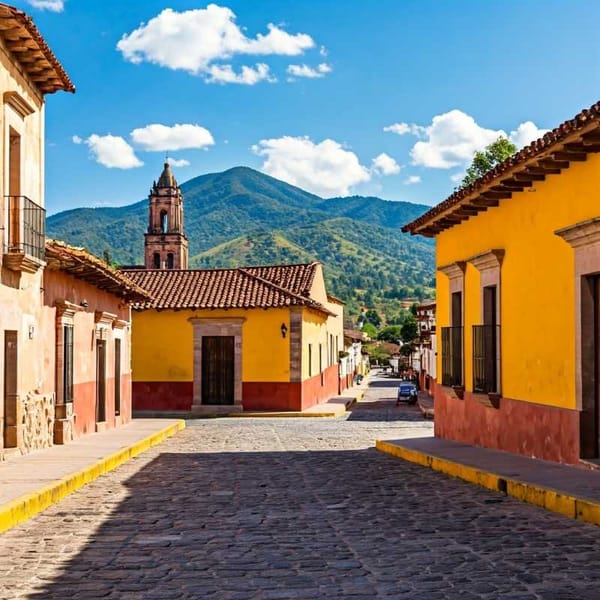Metalworking in Mexico: A History and Overview
Discover the history and overview of metalworking in Mexico. From early colonial era to present day, learn about the craftsmanship and economic impact of metalworking in the State of Mexico.

Metalworking is an age-old craft that involves shaping, designing, and creating objects from metals such as brass, tinplate, iron, bronze, and blued steel. Since the discovery of how to transform metals, they have been a raw material for creating handcrafted products with smooth and uniform surfaces, strength, durability, and malleability. In Mexico, metalworking has a long history dating back to the early colonial era, making it an essential part of the country's craftsmanship.
A Brief History of Metalworking in Mexico
In pre-Hispanic Mexico, copper pieces were made, but after the Conquest, the introduction of other metals such as brass, tinplate, iron, bronze, and blued steel began. Metalworking in Mexico has run parallel to blacksmithing, which has become more differentiated over time. The first Spanish forges produced scissors, knives, farming tools, nails, and weapons.
Later, the first Catalan forges contributed to the flourishing of monumental blacksmithing that enriched the architecture of temples and palaces. Metalworking also extended to the manufacturing of iron and glass lanterns, stirrups, brackets for horse bridles, and varied lines of locks, nails, knockers, and knockers, plates, padlocks, and keys, with whimsical shapes such as lions, two-headed eagles, snakes, angels, cherubs, dragons, and more.
Metalworking in the State of Mexico
The State of Mexico is one of the regions where metalworking was promoted in Mexico. The state boasts a long tradition of metalworking, with skilled artisans producing a wide range of objects for both decorative and functional purposes. Iron, copper, bronze, and silver are some of the metals used to create beautiful and unique pieces of art.
Metalworking in the state of Mexico has contributed to the development of the region's cultural heritage. The craftsmanship and quality of metalworking in the state have been recognized nationally and internationally, with artisans receiving numerous awards and accolades for their work. Metalworking in the state has also had a significant economic impact, with artisans earning a livelihood from their skills and providing employment opportunities for others.
The Future of Metalworking in Mexico
Metalworking in Mexico has a bright future ahead. With the increasing demand for unique and artisanal products, the craft of metalworking is experiencing a resurgence in popularity. Many young people are taking an interest in metalworking, learning from the skilled artisans who have been practicing the craft for generations. The government is also providing support to artisans to ensure that this traditional craft continues to thrive and evolve.
Conclusion
In conclusion, metalworking is an art form that has a long history in Mexico, dating back to the early colonial era. With its unique and beautiful designs, metalworking has become an integral part of Mexico's cultural heritage, contributing to the development of the region's craftsmanship and economic growth. With the increasing interest in artisanal products, metalworking is set to play a vital role in the future of Mexico's craft industry, attracting a new generation of artisans and designers to the craft.




